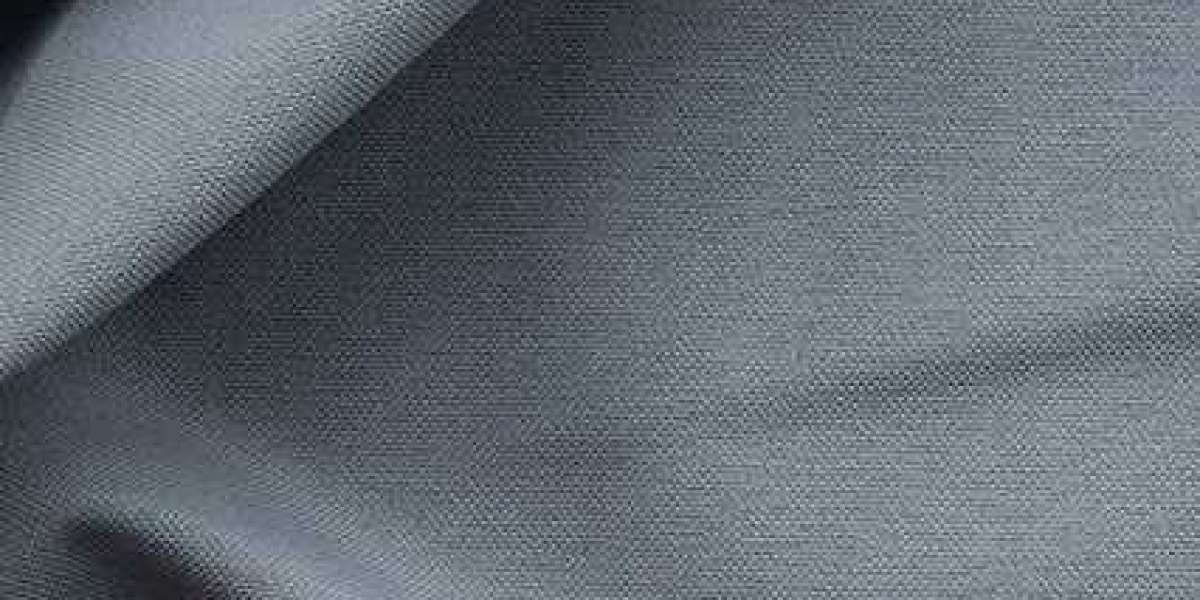Welcome to the world of fabrics, where comfort meets style and durability is key! If you've ever noticed those annoying little balls of fuzz on your favorite sweater or upholstery, then you're familiar with fabric pilling. But fear not, because in this blog post we will unravel the causes behind fabric pilling and provide you with some valuable tips on how to improve fabric pilling resistance. So sit back, relax, and get ready to say goodbye to those pesky pills for good!
What is fabric pilling?
Fabric pilling is a common phenomenon that occurs when small, fuzzy balls or pills form on the surface of fabrics. These pills are caused by the entanglement and tangling of loose fibers during regular wear and washing. They can be unsightly, making garments look worn out and old before their time.
Pilling tends to occur more frequently in fabrics made from natural fibers like cotton or wool, as well as synthetic materials such as polyester. It often happens in areas where friction is high, such as underarms or seat cushions.
The formation of fabric pills can be influenced by several factors. The quality of the fabric itself plays a crucial role. Lower-quality fabrics with shorter staple lengths tend to pill more easily compared to higher-quality ones.
How you care for your garments also affects their tendency to pill. Rough handling during laundering or drying can cause excessive abrasion between fibers, leading to pilling. Additionally, using harsh detergents or washing at high temperatures may weaken the fabric's structure and contribute to pilling.
External factors like rubbing against rough surfaces or contact with Velcro fasteners can accelerate the formation of pills on fabrics.
Now that we have a better understanding of what fabric pilling entails let's dive into some effective ways you can improve your fabric's resistance towards it! Stay tuned for our next blog section where we will reveal these valuable tips and tricks!
The causes of fabric pilling
Fabric pilling is a common problem that many of us have encountered. Those annoying little balls of fuzz that appear on our favorite sweaters or cozy blankets can be quite frustrating. But what exactly causes fabric pilling?
One of the main culprits is friction. When fabrics rub against each other, especially during wear and washing, the fibers can become tangled and start to form those unsightly pills. This friction can occur from various sources such as regular movement, rubbing against rough surfaces, or even contact with other clothing items.
Another factor that contributes to fabric pilling is the quality of the fibers used in the fabric construction. Low-quality fibers tend to have shorter staple lengths, which means they are more prone to breakage and tangling. Additionally, certain types of fabrics like wool or synthetic blends are more susceptible to pilling compared to natural fibers like cotton or silk.
Improper care and maintenance also play a role in fabric pilling. Frequent washing using harsh detergents or high-speed machine drying can weaken the fibers and increase their likelihood of forming pills over time.
To minimize fabric pilling and improve its resistance, there are several steps you can take:
1) Choose high-quality fabrics: Opt for fabrics with longer staple lengths as they tend to be more durable and less prone to pill formation.
2) Follow proper garment care instructions: Use gentle laundry detergents specifically formulated for delicate garments and wash them on a gentle cycle using cold water whenever possible.
3) Avoid excessive agitation: Minimize friction by turning your clothes inside out before washing them and avoid overcrowding your washer or dryer.
4) Invest in a fabric shaver: If you do notice any pills forming on your clothing, invest in a fabric shaver tool designed specifically for removing them without damaging the underlying fabric.
By following these tips, you'll be able to prolong the life of your favorite garments while keeping them looking fresh and pill-free for longer.
How to improve fabric pilling resistance
What is fabric pilling? Fabric pilling refers to the formation of small, fuzzy balls or pills on the surface of a fabric. These pills are often caused by friction and abrasion during everyday wear and washing. Pilling can make fabrics look worn out and old before their time.
There are several factors that contribute to fabric pilling. One common cause is the use of low-quality fibers or yarns in the manufacturing process. Fabrics made from short staple fibers or loosely spun yarns are more prone to pilling. Another factor is improper weaving or knitting techniques, which can create weak spots in the fabric where pills are likely to form.
To improve fabric pilling resistance, it's important to start with high-quality materials. Look for fabrics made from long staple fibers, such as cotton or wool, which tend to be more durable and less prone to pilling. Additionally, choose tightly woven or knitted fabrics that have a higher thread count.
Regular maintenance can also help prevent pilling. Avoid using harsh detergents or bleach when washing your garments as these can weaken the fibers and increase the likelihood of pilling. Instead, opt for gentle detergents designed specifically for delicate fabrics.
In addition, turn garments inside out before washing them to minimize friction between items in the load. Use shorter wash cycles with lower agitation settings whenever possible.
Consider investing in a fabric shaver or lint remover tool to remove any existing pills from your garments without causing further damage.
By following these tips and selecting quality materials, you can greatly improve the overall durability and longevity of your fabrics while reducing unsightly pilling!
Conclusion
Fabric pilling is a common issue that many people encounter with their clothing and textiles. It is the formation of small balls or pills on the surface of the fabric, which can make garments look worn out and less appealing.
The causes of fabric pilling can vary from fiber type to weave structure to friction and abrasion. Understanding these factors is crucial in finding ways to improve fabric pilling resistance.
Fortunately, there are several steps you can take to enhance the durability and longevity of your fabrics:
1. Choose high-quality fabrics: Opt for fabrics made from long-staple fibers such as cotton or silk, as they tend to pill less compared to shorter fibers like polyester.
2. Consider yarn construction: Look for fabrics with tightly spun yarns or those that have been treated with anti-pilling finishes during manufacturing.
3. Select appropriate weaves: Fabrics woven in tighter weaves tend to be more resistant to pilling than looser ones. Twill weaves, for example, are known for their excellent durability.
4. Handle with care: Avoid harsh washing methods such as using high agitation settings or rough scrubbing motions that can cause excessive friction on the fabric's surface.
5. Use gentle detergents: Opt for mild detergents specifically formulated for delicate fabrics instead of strong laundry products that may weaken fibers over time.
6. Wash inside-out: Turning garments inside-out before washing reduces direct contact between them and other items in the load, minimizing friction-related damage.
7. Air dry when possible: Heat from tumble drying not only contributes to shrinking but also increases friction between clothes, leading to more pilling.
8. Pick lint-free accessories carefully : Be cautious while choosing bags or belts made from materials prone to shedding tiny particles onto your clothing causing rubbing against each other resulting into Piling.
Following these tips and incorporating good garment care practices into your routine will help reduce fabric pilling, extending the life of your favorite garments.



